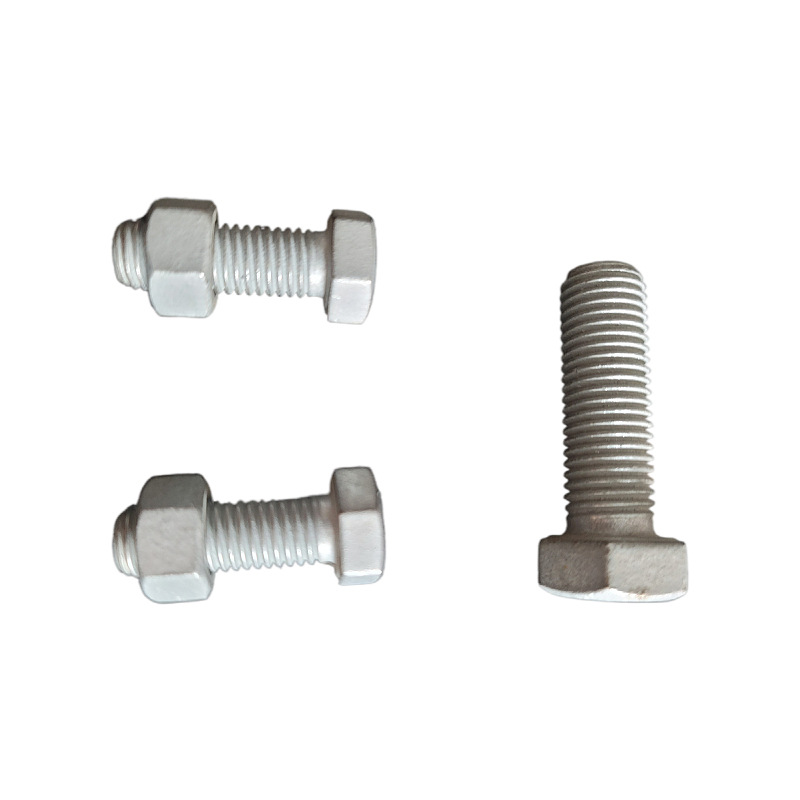

ball stud bolt
Sep . 09, 2024 04:43 Back to list
ball stud bolt
Understanding Ball Stud Bolts Essential Components for Modern Applications
Ball stud bolts are a critical component in various mechanical and structural applications, offering unique advantages that enhance functionality and efficiency. As their name suggests, these bolts feature a spherical ball on one end, allowing for a dynamic range of motion. This design makes them particularly beneficial in situations where flexibility and mobility are essential.
Design and Functionality
At their core, ball stud bolts consist of a threaded shaft and a ball head. The ball head is typically designed to fit into a corresponding socket or joint, enabling pivoting and rotating movements. This degree of freedom is crucial in many mechanical systems, especially those requiring adjustments or movements in multiple directions.
The versatility of ball stud bolts makes them ideal for various applications, including automotive, aerospace, and industrial machinery. In vehicles, for instance, they can be found in suspension systems where they allow for the necessary movement and flexibility needed to absorb shocks and maintain stability. Similarly, in aerospace applications, these bolts are integral in the assembly of components that require precise alignment and movement, such as control surfaces on aircraft.
Material and Durability
ball stud bolt

Ball stud bolts are manufactured from a range of materials, including stainless steel, carbon steel, and various alloys, to ensure strength and durability. The choice of material often depends on the specific application, with considerations for factors such as tensile strength, corrosion resistance, and temperature tolerance. For example, in environments exposed to moisture or chemicals, stainless steel ball stud bolts are preferred due to their excellent corrosion resistance.
The manufacturing process of ball stud bolts often involves precision engineering techniques to ensure the ball fits perfectly within its socket. This precision is critical, as any discrepancy can lead to reduced performance, premature wear, or even failure of the assembly.
Applications in Various Industries
The adaptability of ball stud bolts extends across multiple sectors. In the automotive industry, they are used in steering systems, suspension components, and seat adjustments, providing comfort and control. In the aerospace sector, they facilitate the operation of flaps, slats, and landing gear, contributing significantly to the safety and efficiency of flight operations. Additionally, in industrial settings, ball stud bolts can be found in machinery where parts require frequent adjustments or movement, such as conveyor belts and robotic arms.
Conclusion
In summary, ball stud bolts exemplify the synergy of design and functionality in modern engineering. Their unique ability to accommodate movement and flexibility makes them indispensable in various high-demand applications. As industries continue to evolve and seek innovative solutions, the importance of such components is likely to grow, underscoring their role in enhancing efficiency and performance in mechanical systems. Understanding the nuances of ball stud bolts, from their design to their application, is essential for anyone involved in engineering or manufacturing, ensuring that they can leverage these tools effectively to meet the demands of their respective fields.
Latest news
-
High-Strength Hot Dip Galvanized Bolts - LongZe | Corrosion Resistance, Custom Sizes
NewsAug.01,2025
-
Best Self Tapping Screws for Drywall - Fast & Secure Installation
NewsJul.31,2025
-
High-Strength Hot Dip Galvanized Bolts-Hebei Longze|Corrosion Resistance&Customization
NewsJul.31,2025
-
Hot Dip Galvanized Bolts-Hebei Longze Metal Products|Corrosion Resistance&High Strength
NewsJul.31,2025
-
Hot Dip Galvanized Bolts-About LongZe|High Strength, Corrosion Resistance
NewsJul.30,2025
-
High-Strength Hot Dip Galvanized Bolts - Hebei Longze | Corrosion Resistance, Customization
NewsJul.30,2025

